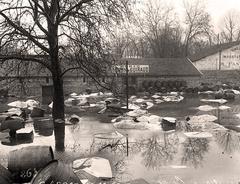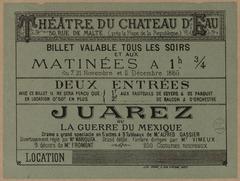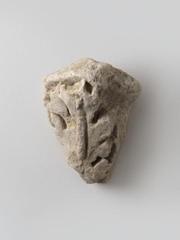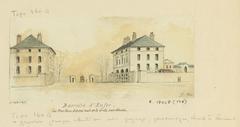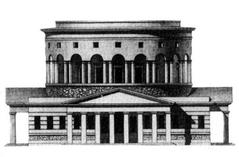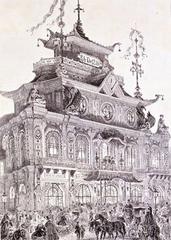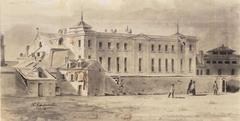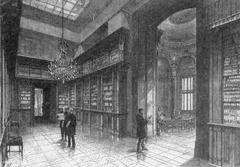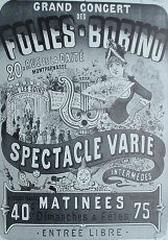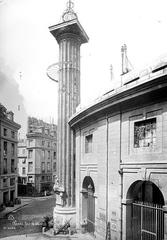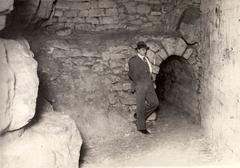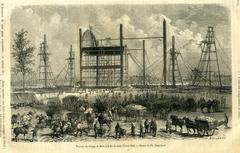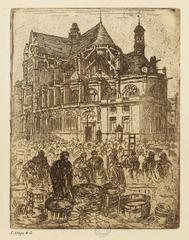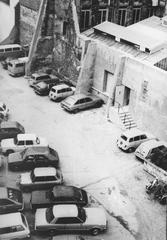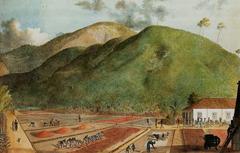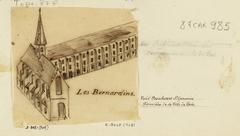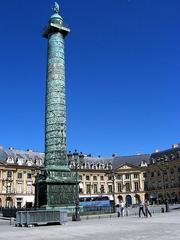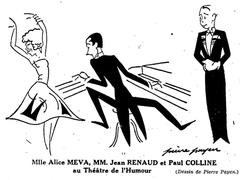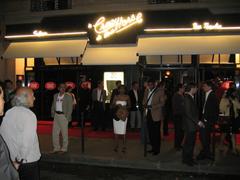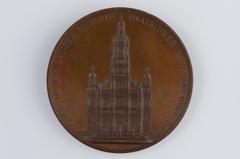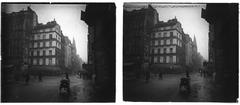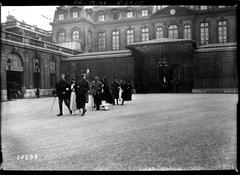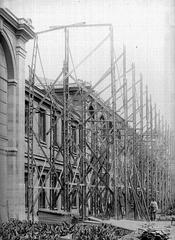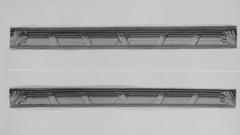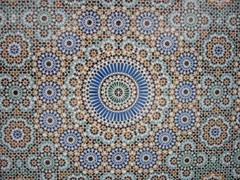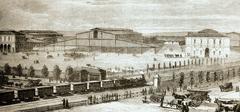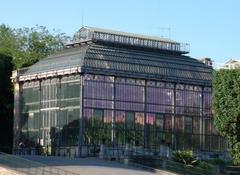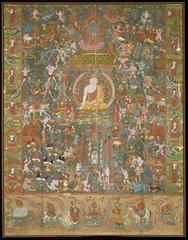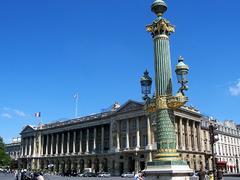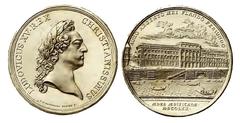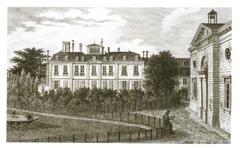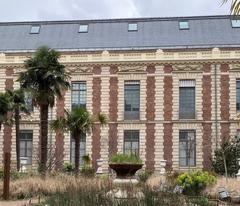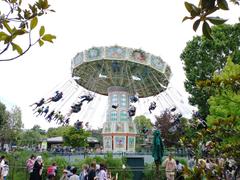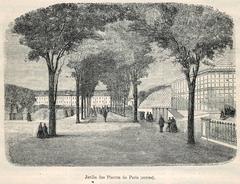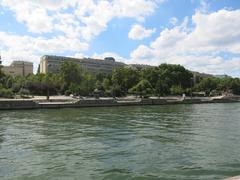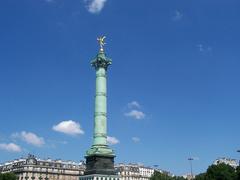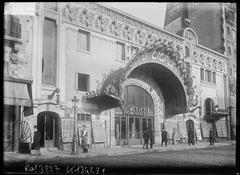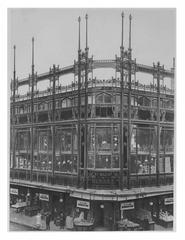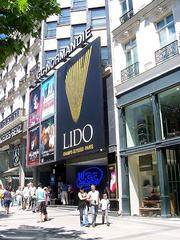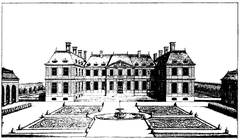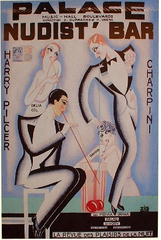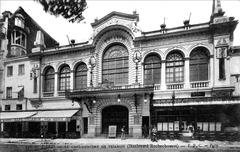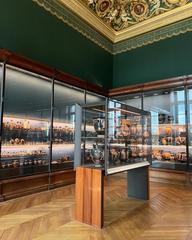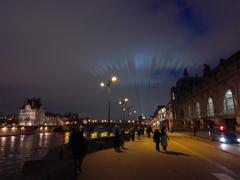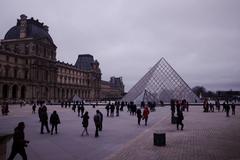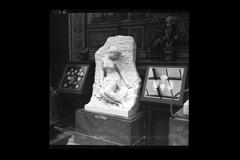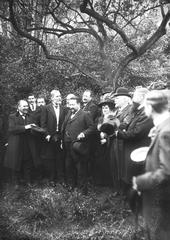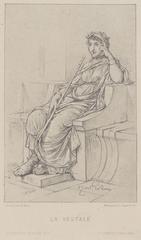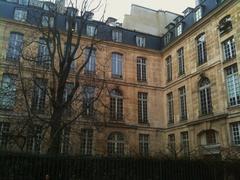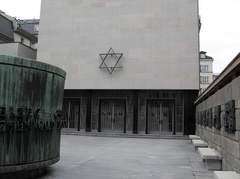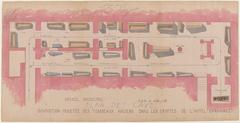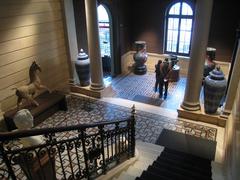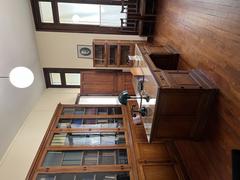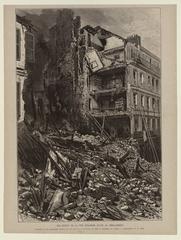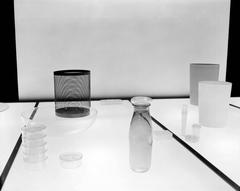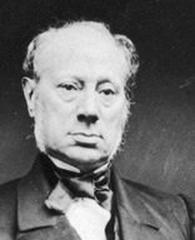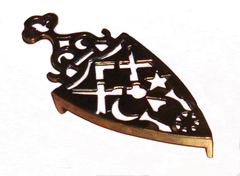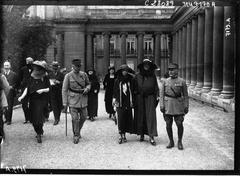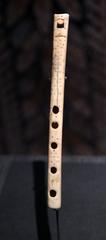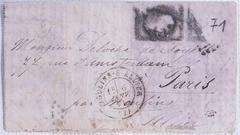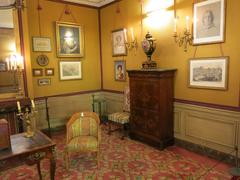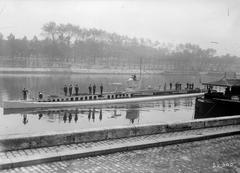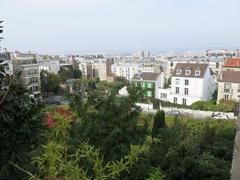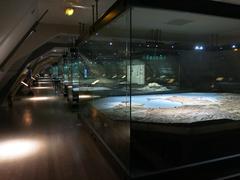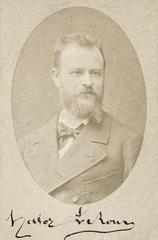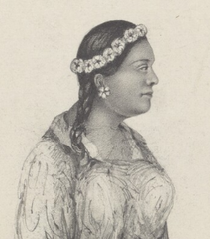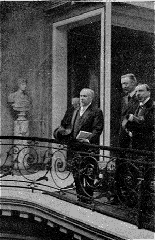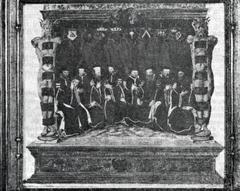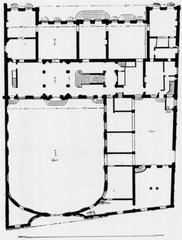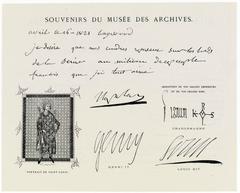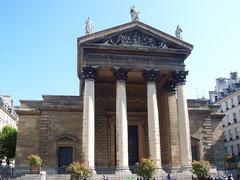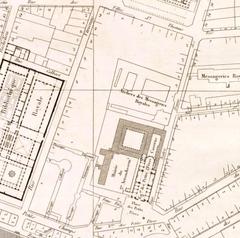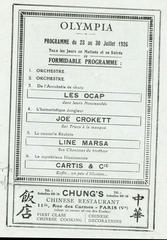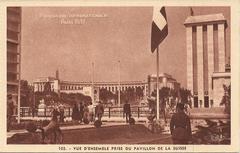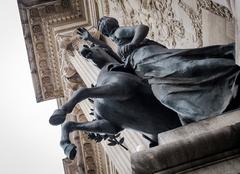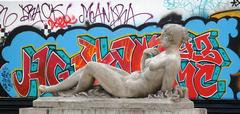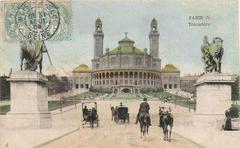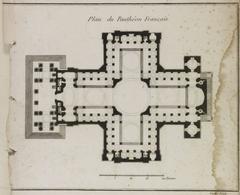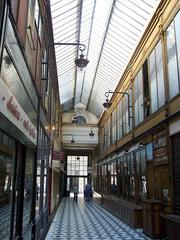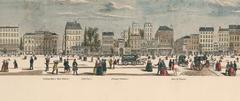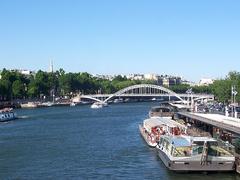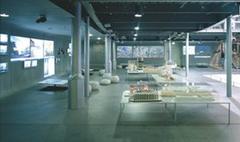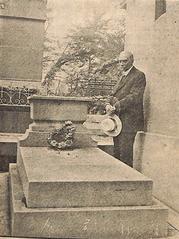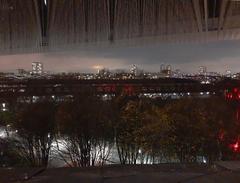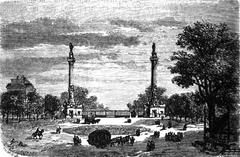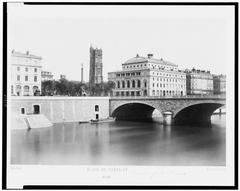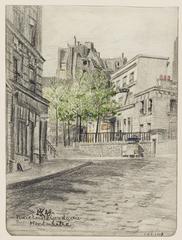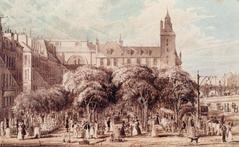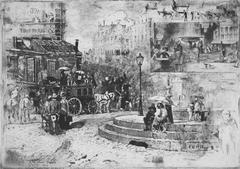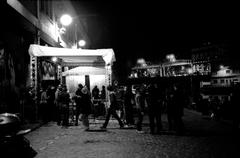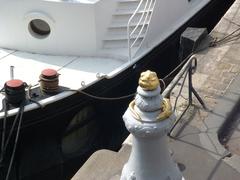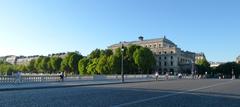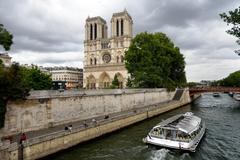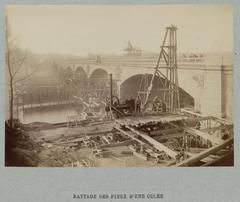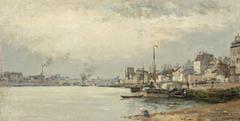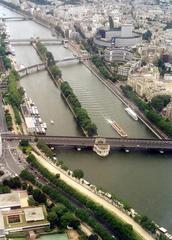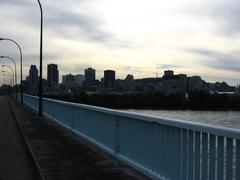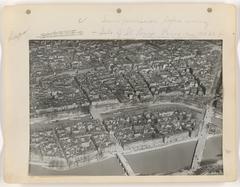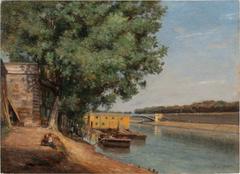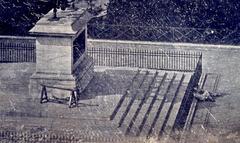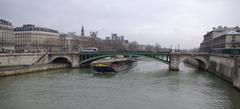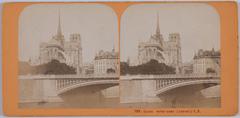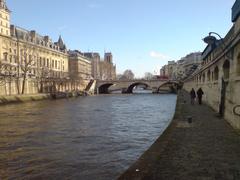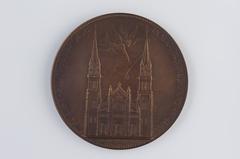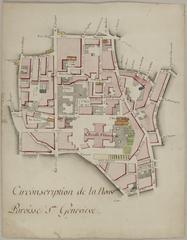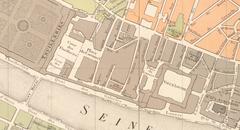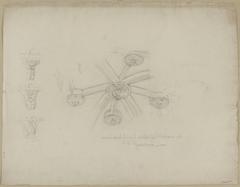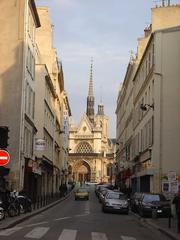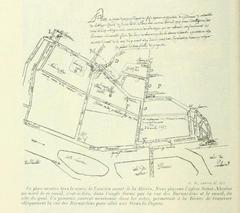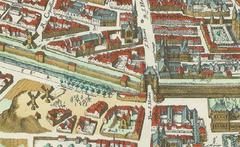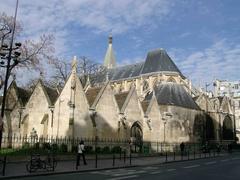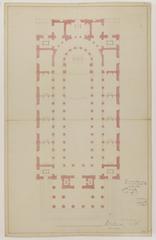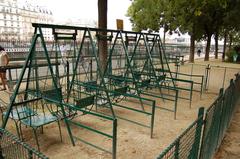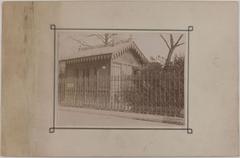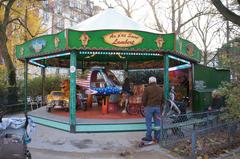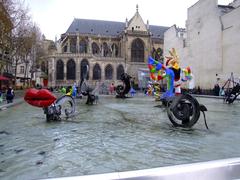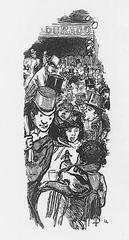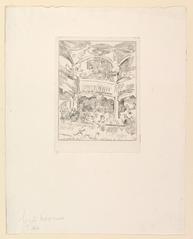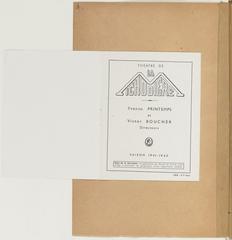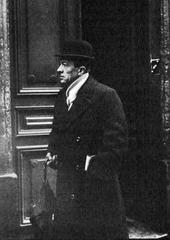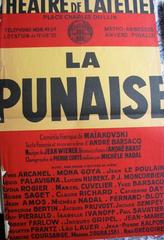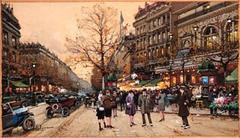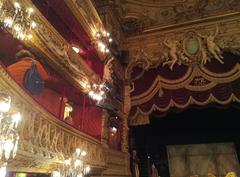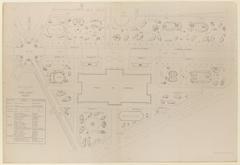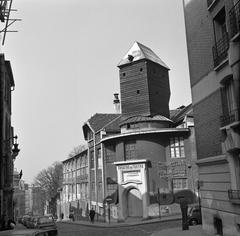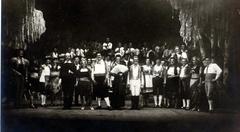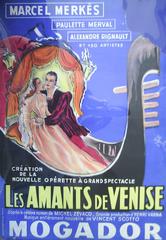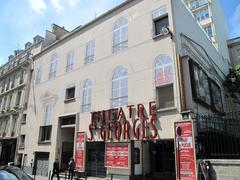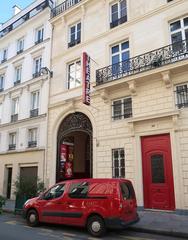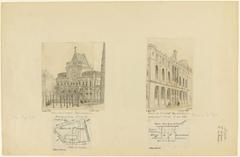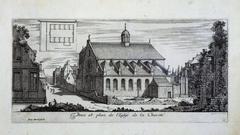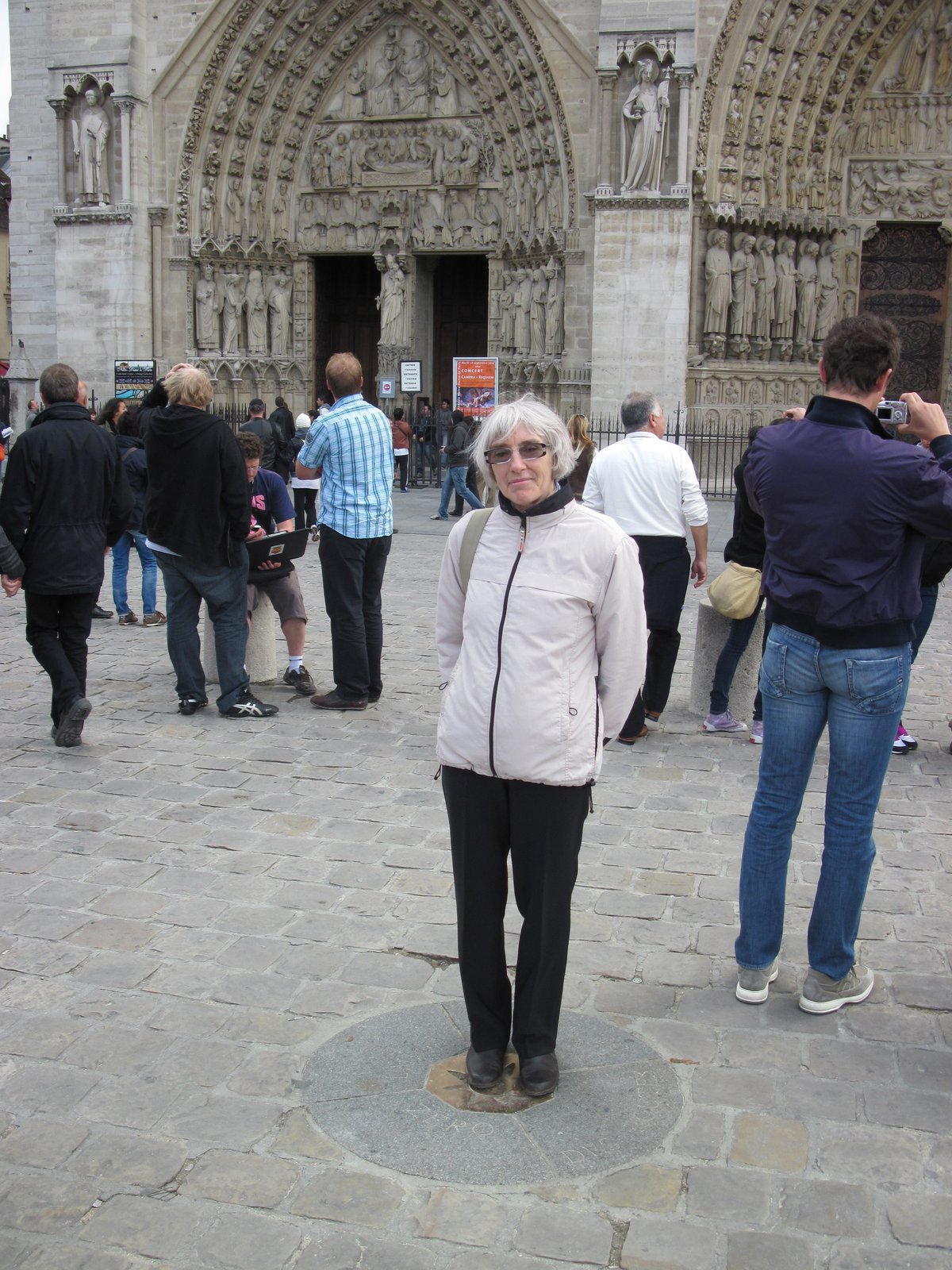
Visiting Crypte Archéologique du Parvis Notre-Dame in Paris: Hours, Tickets, and Tips
Date: 19/07/2024
Introduction
Located beneath the bustling square in front of the iconic Notre-Dame Cathedral, the Crypte Archéologique du Parvis Notre-Dame offers a unique and immersive journey through the history of Paris. This archaeological crypt, discovered during the 1960s while excavations were underway for an underground parking lot, houses a treasure trove of historical artifacts and structures. From the remnants of Roman Lutetia to the medieval foundations that reflect the city’s evolution, the crypt provides an unparalleled glimpse into the layers of history that have shaped Paris over the millennia. Managed by the Musée Carnavalet, the Crypte Archéologique du Parvis Notre-Dame opened to the public in 1980 and has since been a vital resource for understanding Paris’s rich cultural heritage (Crypte Archéologique). This comprehensive guide will delve into the crypt’s historical significance, visitor information, practical tips, and nearby attractions, ensuring a well-rounded and enriching visit.
Table of Contents
History
Origins and Discovery
The Crypte Archéologique du Parvis Notre-Dame was discovered during excavations in the 1960s, which were initially intended for the construction of an underground parking lot. Instead, archaeologists unearthed a treasure trove of historical artifacts and structures dating back to ancient times.
Roman Era
The earliest remnants found in the crypt date back to the Roman period, around the 1st century AD. Paris, known as Lutetia during Roman times, was a significant settlement in the Roman Empire. The crypt contains the remains of a Roman bathhouse, highlighting the advanced engineering and architectural skills of the Romans. These baths were part of a larger complex serving as a social and cultural hub for the inhabitants of Lutetia.
Medieval Period
As visitors move through the crypt, they encounter structures from the medieval period, reflecting the city’s evolution over the centuries. One notable feature is the remains of the medieval quay, which once bordered the Seine River. This quay was part of the city’s fortifications and played a crucial role in trade and defense. The crypt also houses the foundations of several medieval buildings, including homes and workshops, providing insight into the daily lives of Parisians during this era.
The Transformation of Île de la Cité
The Île de la Cité, where the crypt is located, has undergone significant transformations over the centuries. Originally a small island in the Seine, it became the heart of medieval Paris. The crypt reveals the layers of history that have shaped this iconic location, including the remnants of ancient city walls built to protect the island from invaders.
The Construction of Notre-Dame Cathedral
The construction of Notre-Dame Cathedral in the 12th century marked a turning point in the history of Île de la Cité. The crypt contains the foundations of earlier churches that stood on the site before the cathedral was built. These foundations provide valuable insights into the architectural evolution of religious buildings in Paris. The crypt also houses artifacts from the construction of Notre-Dame, including tools and materials used by the builders.
Modern Discoveries and Preservation
The discovery of the crypt in the 1960s was a significant archaeological find, shedding light on the rich history of Paris. Since then, efforts have been made to preserve and protect the site. The crypt was opened to the public in 1980, allowing visitors to explore the layers of history beneath the streets of Paris. The site is managed by the Musée Carnavalet, which is dedicated to the history of Paris. The museum has implemented measures to ensure the preservation of the crypt, including climate control and regular maintenance.
Significance of the Crypt
The Crypte Archéologique du Parvis Notre-Dame is a unique archaeological site that offers a comprehensive view of the history of Paris. It provides a tangible connection to the past, allowing visitors to walk through the remains of ancient and medieval structures. The crypt is a testament to the city’s resilience and ability to adapt and evolve over the centuries. It also highlights the importance of archaeological preservation in understanding and appreciating our shared heritage.
Visitor Experience
What to Expect
Visitors to the Crypte Archéologique du Parvis Notre-Dame can expect an immersive experience that takes them on a journey through time. The site is well-organized, with informative displays and interactive exhibits that bring the history of Paris to life. Audio guides are available in multiple languages, providing detailed explanations of the various artifacts and structures. The crypt is also accessible to visitors with disabilities, ensuring that everyone can enjoy this unique historical site.
Practical Information
Tickets and Opening Hours
The Crypte Archéologique du Parvis Notre-Dame is open to the public year-round, with the exception of certain holidays. It is located in the heart of Paris, making it easily accessible by public transportation. Tickets can be purchased online or at the entrance. Guided tours are available for those who want a more in-depth exploration of the site. Visitors are encouraged to check the official website for the latest information on opening hours and ticket prices (Crypte Archéologique du Parvis Notre-Dame).
Accessibility
The crypt is designed to be accessible to all visitors, including those with disabilities. Ramps and elevators are available to ensure easy access to the different levels of the site.
Travel Tips
For a smoother visit, consider purchasing tickets online in advance, especially during peak tourist seasons. Wearing comfortable walking shoes is recommended, as the crypt involves walking through historical remains. Photography is allowed, but be mindful of other visitors and the preservation rules.
Nearby Attractions
Other Historical Sites in Paris
While visiting the Crypte Archéologique du Parvis Notre-Dame, consider exploring other nearby historical sites. The Notre-Dame Cathedral itself is a must-see, along with the Sainte-Chapelle, known for its stunning stained glass windows. The Conciergerie, a former royal palace and prison, is also located on Île de la Cité and offers a deep dive into Parisian history.
FAQ
What are the Crypte Archéologique du Parvis Notre-Dame visiting hours?
The crypt is generally open from 10 AM to 6 PM, but it’s best to check the official website for any changes or special holiday hours.
How can I purchase Crypte Archéologique du Parvis Notre-Dame tickets?
Tickets can be purchased online through the official website or at the entrance. Booking in advance is recommended.
Is the Crypte Archéologique du Parvis Notre-Dame accessible?
Yes, the site is accessible to visitors with disabilities, with ramps and elevators available.
Conclusion
The Crypte Archéologique du Parvis Notre-Dame is a must-visit destination for anyone interested in the history of Paris. Its well-preserved remains and informative exhibits provide a unique opportunity to explore the city’s past and gain a deeper understanding of its cultural heritage. Don’t miss the chance to delve into the layers of history beneath the streets of Paris.
Call to Action
For more fascinating articles about Parisian history and other related topics, download our mobile app, Audiala. Follow us on social media for updates and more engaging content!
References
- Discover the Crypte Archéologique du Parvis Notre-Dame - History, Tickets, and Visiting Hours, 2024, Author https://www.crypte.paris.fr
- Exploring the Crypte Archéologique du Parvis Notre-Dame - Visiting Hours, Tickets, and Historical Insights, 2024, Author https://www.crypte.paris.fr
- Complete Guide to Visiting the Crypte Archéologique du Parvis Notre-Dame - Hours, Tickets, and Tips, 2024, Author https://www.crypte.paris.fr

